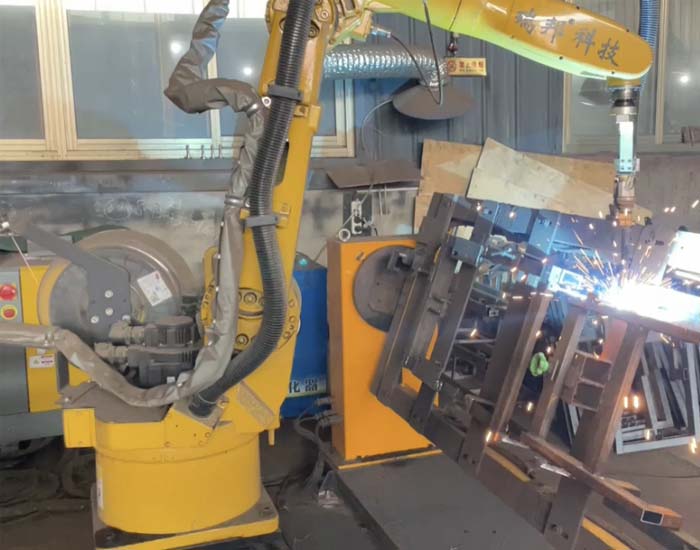Single Row Silage Cutter for Efficient Crop Harvesting and Quality Feed Production
The Single Row Silage Chopper A Vital Tool for Modern Agriculture
In the dynamic world of agriculture, innovation is key to maintaining efficiency and productivity. Among the various pieces of equipment that have revolutionized farming practices, the single row silage chopper stands out as a crucial instrument for forage production. This machine is specifically designed to facilitate the harvesting and processing of silage - a fermented feed product made from green foliage crops. Understanding its function, benefits, and operational intricacies can help farmers optimize their forage production strategies.
What is a Single Row Silage Chopper?
A single row silage chopper is a specialized agricultural machine that cuts and processes forage crops into smaller pieces suitable for silage making. Typically, this machine is effective in working with a single row of crops, allowing for efficient harvesting without the need for multiple passes. These machines vary in design—with some mounted on tractors and others self-propelled. Regardless of the type, the primary function remains the same to chop the forage into uniform lengths to facilitate fermentation and storage.
How Does It Work?
The operation of a single row silage chopper involves several steps. Farmers first prepare the field by ensuring that crops are grown in a manner conducive to efficient harvesting. Once the crops reach maturity—usually at a stage when the moisture content is optimal for silage—harvesting begins. The chopper’s cutting mechanism, which typically features sharp blades, slices through the plants, cutting them into manageable lengths.
These pre-chopped pieces are then fed into a system that packs them tightly, usually into a transport system or directly into silage bags or silos. Good packing is crucial as it helps to eliminate air pockets, preventing aerobic spoilage and promoting anaerobic fermentation, essential for effective silage quality.
Benefits of Using a Single Row Silage Chopper
single row silage chopper

1. Increased Efficiency The single row design allows farmers to harvest crops without the need for multiple equipment setups. This can drastically reduce the time spent in the field, thereby increasing overall productivity.
2. Improved Crop Quality By finely chopping the forage, the silage chopper ensures better fermentation. Properly fermented silage is higher in nutritional value—especially in terms of energy and protein content—benefiting livestock health and productivity.
3. Reduced Labor Costs Modern single row silage choppers are often equipped with advanced technology that minimizes the need for manual labor. This translates to lower labor costs and allows farmers to allocate workers to other critical areas on the farm.
4. Flexibility These machines can handle various types of forage crops including corn, grass, and alfalfa, making them a versatile tool for many different farming operations. The ability to switch between crops without needing different implements simplifies inventory and maintenance requirements.
5. Environmental Impact Efficient silage management reduces waste and optimizes resource use, which is increasingly important in sustainable farming practices. By ensuring that crops are harvested and processed effectively, single row silage choppers can help in reducing overall feed waste.
Conclusion
As agriculture continuously evolves to meet the demands of a growing population, tools like the single row silage chopper play a significant role in enhancing productivity and efficiency. By making the silage harvesting process quicker and more effective, farmers enhance the quality of feed available for their livestock, which is essential for maximizing meat and milk production.
Investing in modern equipment such as single row silage choppers is not just about keeping up with technological advancements; it is about ensuring the sustainability and profitability of farming enterprises amid changing agricultural landscapes. With the continued development of these machines, the future of forage production looks bright, promising enhanced techniques that will support farmers in their quest for productivity and efficiency.
Latest news
-
When to Upgrade Your Old Forage HarvesterNewsJun.05,2025
-
One Forage Harvester for All Your NeedsNewsJun.05,2025
-
Mastering the Grass Reaper MachineNewsJun.05,2025
-
How Small Farms Make Full Use of Wheat ReaperNewsJun.05,2025
-
Harvesting Wheat the Easy Way: Use a Mini Tractor ReaperNewsJun.05,2025
-
Growing Demand for the Mini Tractor Reaper in AsiaNewsJun.05,2025







